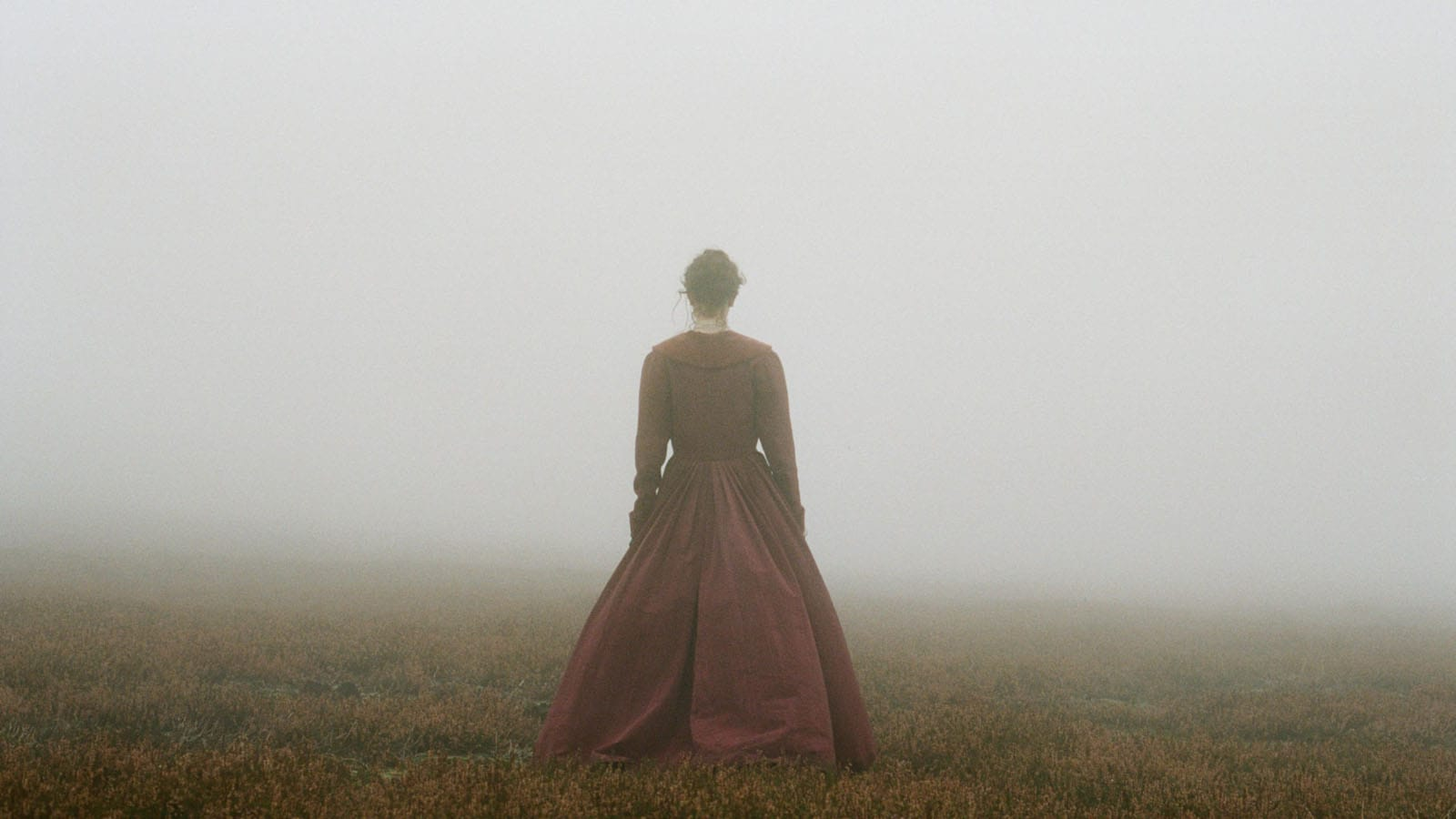Emily Brontë at 200

Today marks the 200th anniversary of the birth of Emily Brontë, who wrote one ferociously unruly yet wildly popular novel, Wuthering Heights, before she died at the age of thirty. One reason this multigenerational tale of thwarted love has endured is that it’s proven to be fertile material for a wide range of reinterpretations across cultures and art forms.
Depending on how strictly you define “adaptation,” there have been around two dozen film and television versions. As for the many adaptations for the stage, one of the most notable is surely the opera composed by Bernard Herrmann, best known for his scores for films by Orson Welles and Alfred Hitchcock. Reviewing Judith Pascoe’s 2017 book On the Bullet Train with Emily Brontë for the Japan Times, Damien Flanagan notes that the novel has been translated into Japanese twenty times “and adapted into myriad forms, from Takarazuka Revue shows to best-selling manga, long-running TV dramas and cinematic outings.” And of course, we should also mention Kate Bush’s 1978 debut single, “Wuthering Heights,” as yet another testament to the novel’s influence in popular culture on into the late twentieth century.
In this decade, there have been two flurries of critical reconsideration of the big-screen adaptations. One was sparked by the inspired of Andrea Arnold’s spare version in 2011, and the second coincided with the Film Society of Lincoln Center’s screening in February 2017 of five of the most significant retellings, a series that took its title, “Heathcliff, It’s Me,” from the chorus of Bush’s song. Perhaps the most famous adaptation is William Wyler’s 1939 version with Laurence Olivier and Merle Oberon, which zeroes in on the ill-fated love story between Heathcliff and Catherine and tosses out the second half of the book in which Heathcliff’s son and Catherine’s daughter more or less reenact their parents’ tragedy. For Craig Hubert, writing for the Literary Hub, “what makes the film unique, and not just another romantic drama, is the way cinematographer Gregg Toland portrays the moors as a fantastic spectacle of swirling fog, billowing wind, and hovering shadows.”
Jacques Rivette, though, was not a fan. As Mary M. Wiles has pointed out in Senses of Cinema, Rivette found that Wyler’s version “made no sense whatsoever with all those ball scenes sprinkled everywhere.” Rivette took the artist Balthus’s drawings for a mid-1930s edition of the novel as inspiration for Hurlevent (1985), a version not only set in the ’30s but also informed by the group of surrealists active at the time, a circle that included Balthus and Buñuel. Wiles finds that the “zeitgeist of the early 1930s is resonant within Rivette’s adaptation that unfolds across the raw, windswept hills of the Cévennes where Catherine (played by Fabienne Babe) and Roch/Heathcliff (played by Lucas Belvaux) forge their tragic, inextricable bond.”
For the New Yorker’s Joshua Rothman, the director who best captured Brontë’s fevered vision was Luis Buñuel. In Abismos de pasión (1954), the Spanish director set the story of Catalina and Alejandro in nineteenth-century Mexico. Writing about the “hypnotic final scene,” Rothman notes that it plays out over Wagner’s “Liebestod,” the closing aria from Tristan und Isolde. “It’s an inspired choice,” writes Rothman. “Wuthering Heights only masquerades as a Victorian novel; it’s closer in spirit to Wagner’s unhinged, apocalyptic German Romanticism.”
Surveying the FSLC series for Film Comment, Ben Parker saw Yoshishige Yoshida taking inspiration from Akira Kurosawa in Arashi ga oka (1988), setting the story in feudal Japan, and borrowing “the mist-draped volcanic landscape of Throne of Blood for his setting, and its uncanny loom-spinning witch for his own frame narrative. But the similarities stop there. Yoshida’s story eschews Kurosawa’s humanism, steeping the familiar events in prurient degradations. Heathcliff now rapes his own daughter, before having his arm severed in a duel.” That works for Craig Hubert, who finds that “Arashi ga oka is probably the most faithful to the atmosphere of the book.”
The most recent adaptation of Wuthering Heights is Andrea Arnold’s 2011 version. Even though Arnold has told the Guardian that the film isn’t quite what she intended it to be, it was met with generally positive reviews when it arrived in the States in the fall of 2012. The New York Times’ A. O. Scott found it to be “an admirable, frustrating attempt to strip away the novel’s inherited ‘classic’ status and restore its raw and earthy passion.” Other critics, though, have wished that filmmakers would simply leave well enough alone. Writing for the New York Review of Books, Francine Prose argues that, while the novel’s “wild originality, its immensely intricate narrative structure, its hyper-romanticism masquerading as naturalism, [and] the dialogue that makes its characters seem always to be shouting even when they are conversing” make for a great read, its “most affecting scenes . . . seem more than slightly ludicrous when acted out in front of a camera.”
And Rothman agrees: “All the tonalities, genres, and generations just can’t be crammed into a single movie.” But in 2018, we find ourselves in a period in which audiences are eager to engage with long-form narratives and stories within stories told from shifting perspectives by unreliable narrators. It’s hard to keep from wondering what a Jane Campion or even a David Lynch might come back with, given free rein on the moors.
For news and items of interest throughout the day, every day, follow @CriterionDaily.



